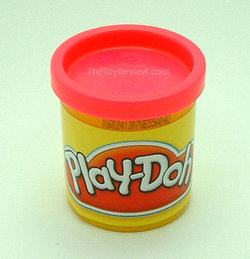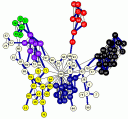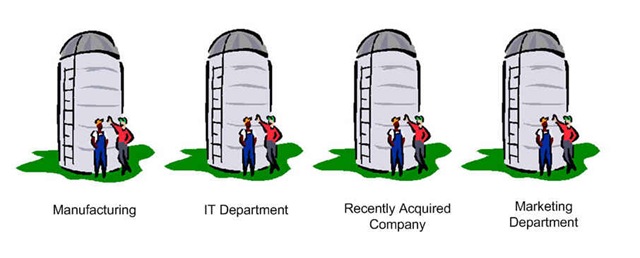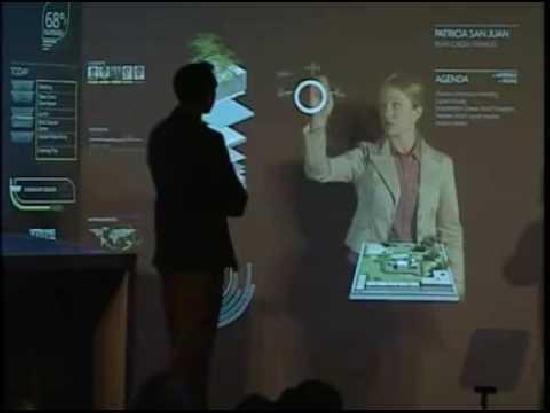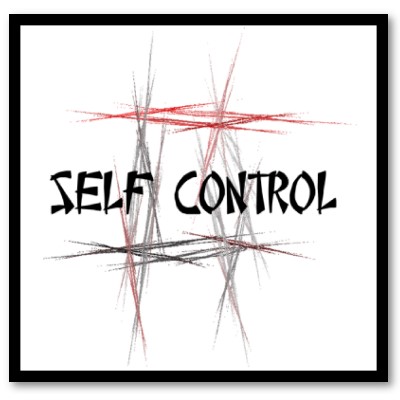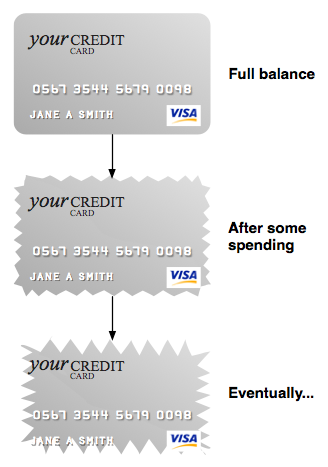Open Source Design Project with Sony and WWF
Wednesday, September 1st, 2010 If you are looking to gain experience in the new open source community-based approach to design check out Open Planet Ideas. The goal is to use existing Sony technology to create breakthrough solutions to environmental challenges. To stimulate thinking they offer a technology showcase as a collection of building blocks to construct design ideas.
If you are looking to gain experience in the new open source community-based approach to design check out Open Planet Ideas. The goal is to use existing Sony technology to create breakthrough solutions to environmental challenges. To stimulate thinking they offer a technology showcase as a collection of building blocks to construct design ideas.
This is not a design contest with an open innovation prize but instead an opportunity to work with a community of designers and innovators (including Sony engineers) through inspiration, concepting, evaluation and realization. They are not looking for new product ideas, or ideas on how to make consumer electronics greener. Instead the challenge is to determine how to use existing technologies to achieve sustainability.
A video explains how the process works. They have collected 22 inspirations so far that include views of the most pressing environmental issues as well examples of clever uses of technology. Concepting will start in 29 days.
I strongly encourage readers of this blog to participate. From a cognitive design perspective I am very interested to see how removing the element of competition with a cash prize impacts the outcome.


